Born into a South changed by the Civil War, Maggie’s graduating class was quite active in pressing forward the cause of equal treatment under the law. In fact, her class is known to have held the first school strike by African-Americans in the United States. The topic of the strike was that graduates of European descent were given a city facility for their commencement exercises, something the students of African descent were deprived. Maggie’s class was successful in its protest, resulting in succeeding graduates having equal access to tax-supported facilities.
On September 14, 1886, Maggie married Armistead Walker, Jr… Her husband was a successful brick mason and building contractor, providing her with a comfortable life to raise their two sons and care for the family.
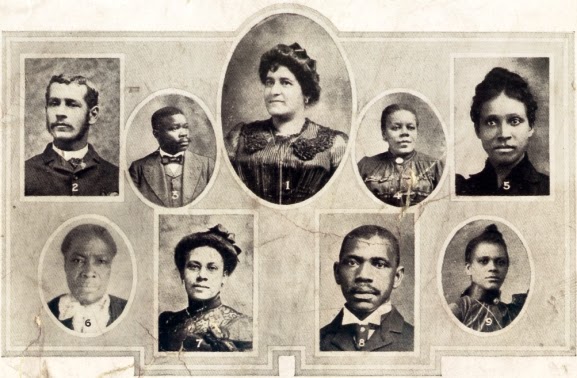 |
| 1901 Executive Board of the Order of St Luke |
The young Mrs. Walker soon became active with the Order of St. Luke organization, a fraternal burial society originally established in Baltimore in 1867 to help the aged, sick and to bury the dead. She held many positions in the fraternal order. By 1899, she was the organization’s Right Worthy Grand Secretary. She soon took over the financially ailing organization when it had no money, no property, and only 300 members. Bring the organization back to solvency, Maggie increased its membership to 100,000 and expanded the reach of the association to 24 states.
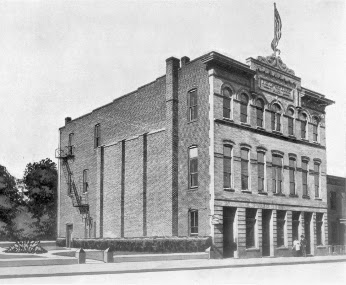 |
| Headquarters of the St. Luke Penny Savings Bank |
By 1902, Mrs. Walker had developed a plan for a banking institution to be called the St. Luke Penny Savings Bank. In one of her speeches, she stated, “Let us put our money together; let us use our money; Let us put our money out at usury among ourselves, and reap the benefit ourselves.” On November 2, 1903, St. Luke Penny Savings Bank opened for business at the St. Luke Headquarters Building at 900 St. James Street in Richmond, Virginia. Mrs. Walker became its first president and the first African-American woman to charter a U.S. bank.
St. Luke Penny Savings Bank would later become the St. Luke Bank and Trust Company, a depository for city taxes and gas and water accounts. It eventually merged with two other local banks and became The Consolidated Bank and Trust Company. Until 2009, the bank was the oldest continually running African-American operated bank in the United States.

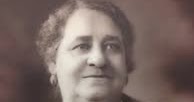





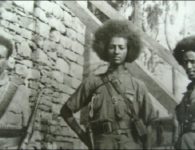

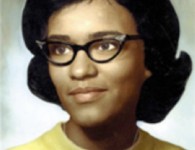

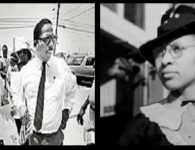
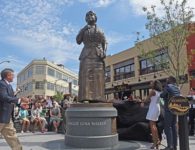
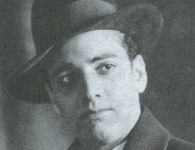


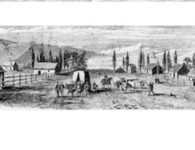
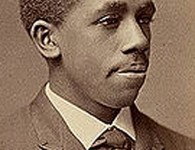
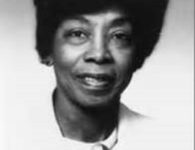


No comments